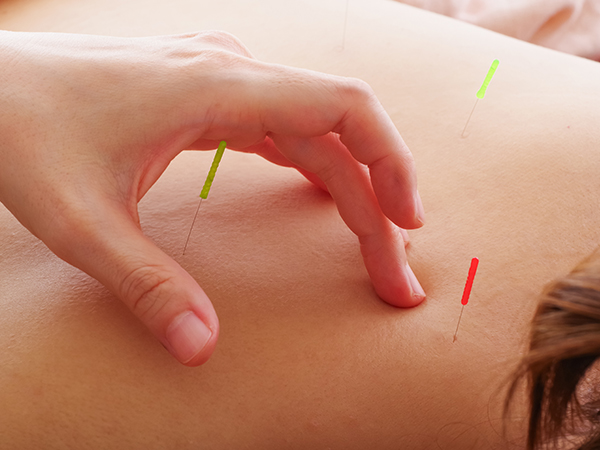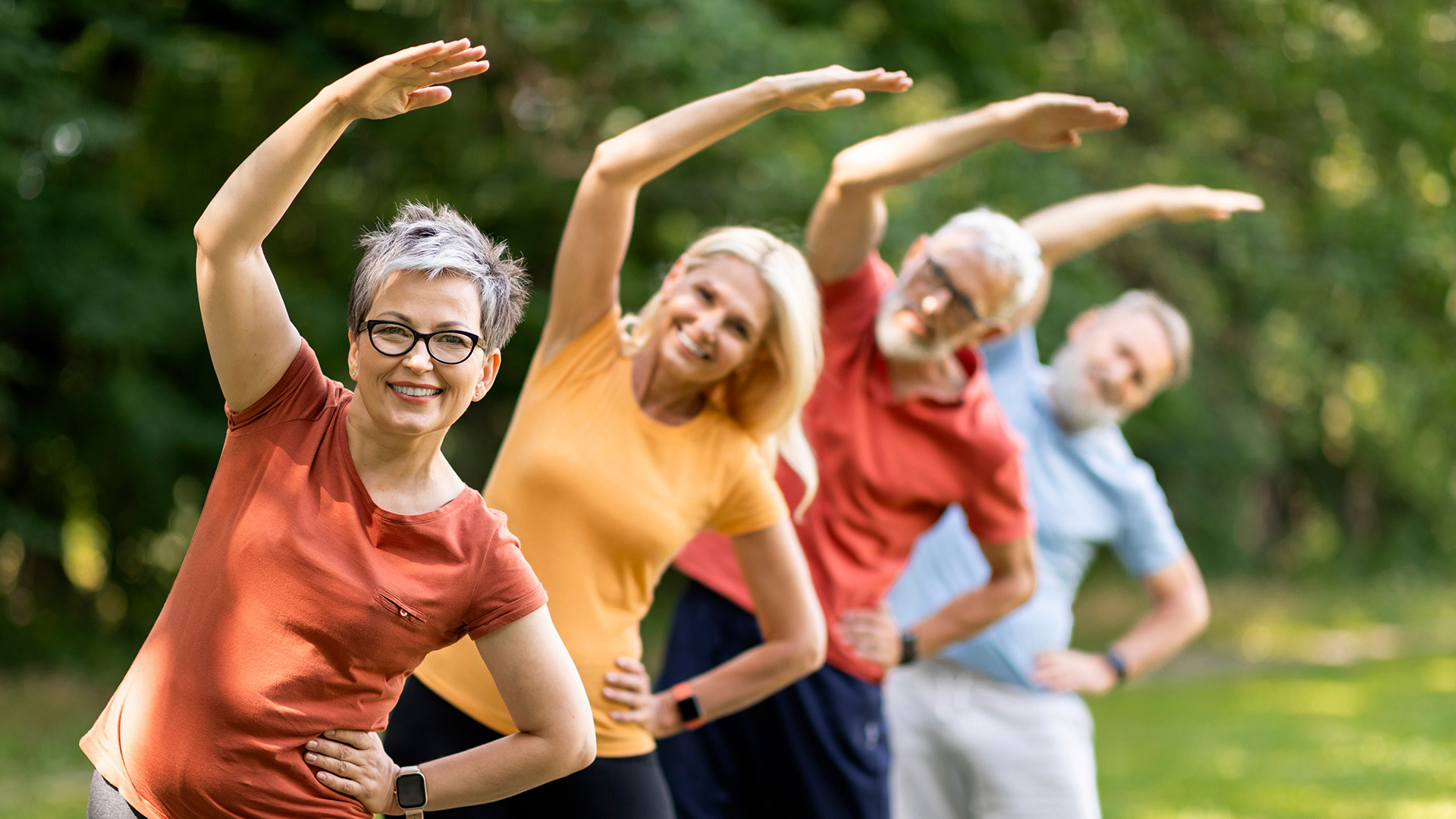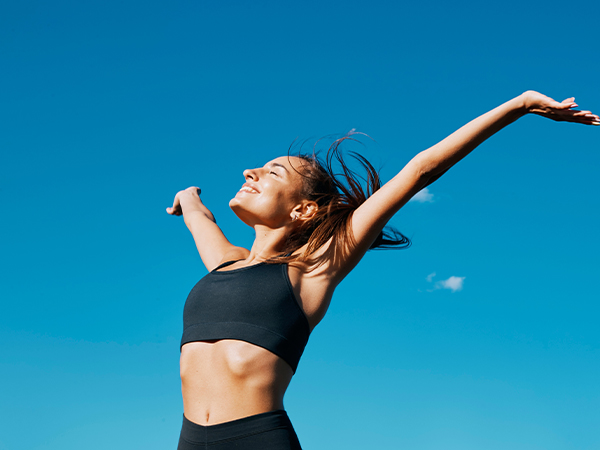What is Reformer Pilates?
After World War One Joseph Pilates became a nurse for those who were struck with wartime disease and physical injury. He invented the first version of the reformer using hospital beds, taking springs from the beds and rigging them to create spring resistance. Pilates found that he could enhance the circulation and healing by moving the injured limbs in ranges patients could not otherwise perform. He was able to restore joint function and muscular strength by re-educating the body.
Modern day reformers still have a bed like frame with a carriage that slides on top. The carriage is attached to the frame by the springs. The function of the springs is to create resistance as the carriage is moved by the client. Springs can be adjusted as required by the client; five springs giving the maximum resistance and one spring the lightest. The foot bar is used in footwork series and stomach massage series by the foot, and on long stretch series and knee stretch series by the arms.
On the other end of the frame are straps that are used to be held by the feet or hands. Springs, foot bar and the straps allow exercise to be carried out from various positions. The nature of the reformer is to both challenge and support the body – and to absorb new and healthier movement patterns.
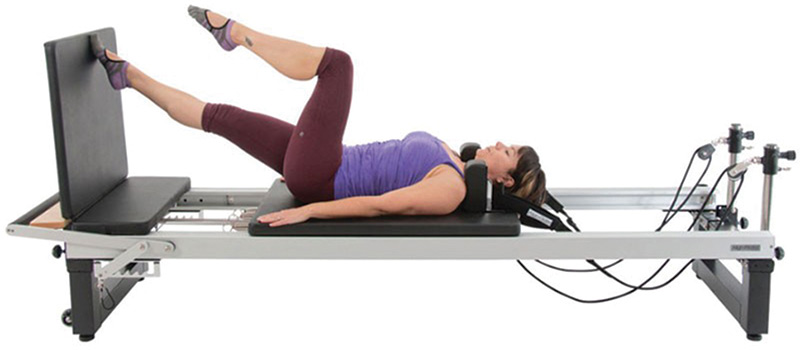
How is it used?
Joseph Pilates used the reformer initially to complement the mat exercises and it was designed as preparation for more advanced mat work exercises. Pilates on the reformer stretches, strengthens and balances the body harmoniously. Joseph Pilates believed that beginning exercises lying down was important to relieve the stress and strain on the joints and to align the body. The exercises are carried out in different positions which make the workout very versatile and holistic. There are more than a hundred movements created for the reformer and they are all dependent on and build upon the other.
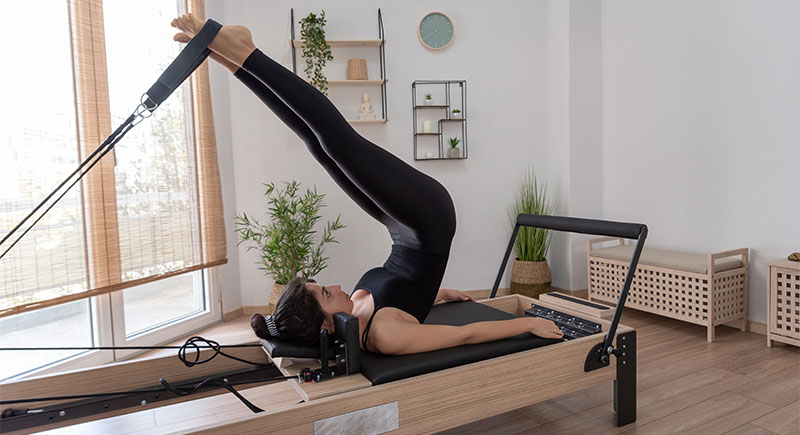
Who is it for?
Use of the reformer makes the sessions a low impact fitness option and suitable for treating any injury. It is very versatile as it can be used to challenge or support the body. The nature of the Reformer Pilates as a high intensity and low impact workout makes it suitable for any age group and fitness level.
Reformer Pilates can be part of a rehabilitation programme. Lying on the carriage takes the pressure off the problem areas and keeps the movements in a horizontal plane. This is the safest way to strengthen the abdominals that are key to a better posture. Professional athletes, sports men/women at all levels and anyone who leads an active lifestyle can benefit from Reformer Pilates which makes the body less prone to injuries; increasing flexibility, improving muscle recovery, enabling a greater range of motion and better balance.
Pre-natal women can benefit from Reformer Pilates in a variety of ways – by preparing the mind and body for the birth and life with the child.
Pre-natal pilates improves breathing as well as strengthening and releasing the pelvic floor muscles that play an important role in supporting the baby during the pregnancy. Postnatal Pilates is a safe method to get back into exercise after childbirth. It can help deal with issues rising from pregnancy such as diastasis recti, sciatica, prolapse and back pain by strengthening the deep abdominal muscles.
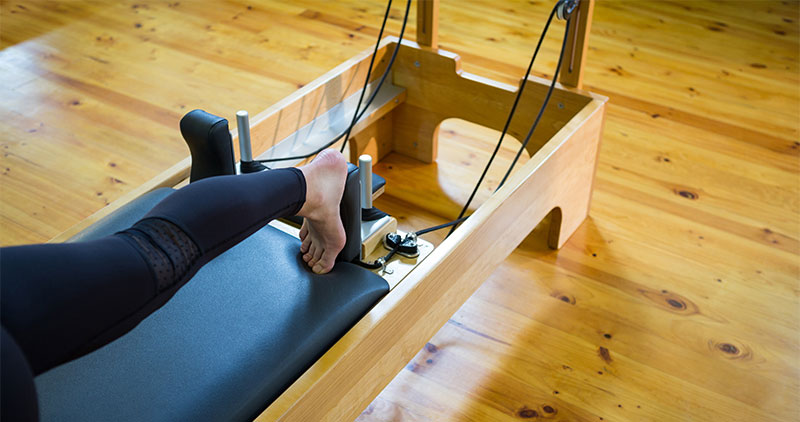
How often should I practise on the Reformer?
Reformer Pilates is an ideal workout when combined with Mat Pilates. Once a week reformer and mat sessions would be ideal to improve and progress whether as part of rehabilitation or wanting to stay physically fit and strong. To benefit from it, consistency is the key for improvement. You can make these sessions part of your regime whether it is 1-3 times per week or once per month. Once pilates reformer sessions are part of your lifestyle you will begin to see the results in your body.
Please contact reception for further information on 01858410820.





